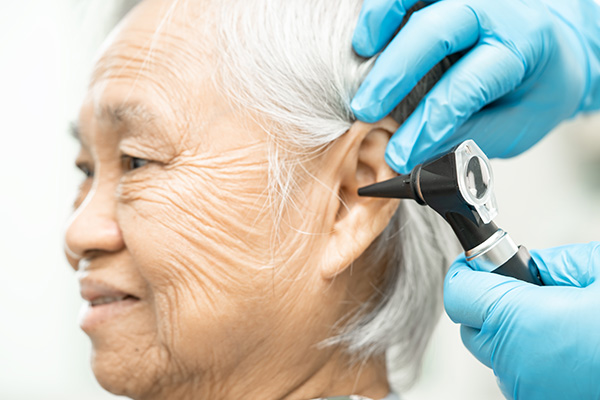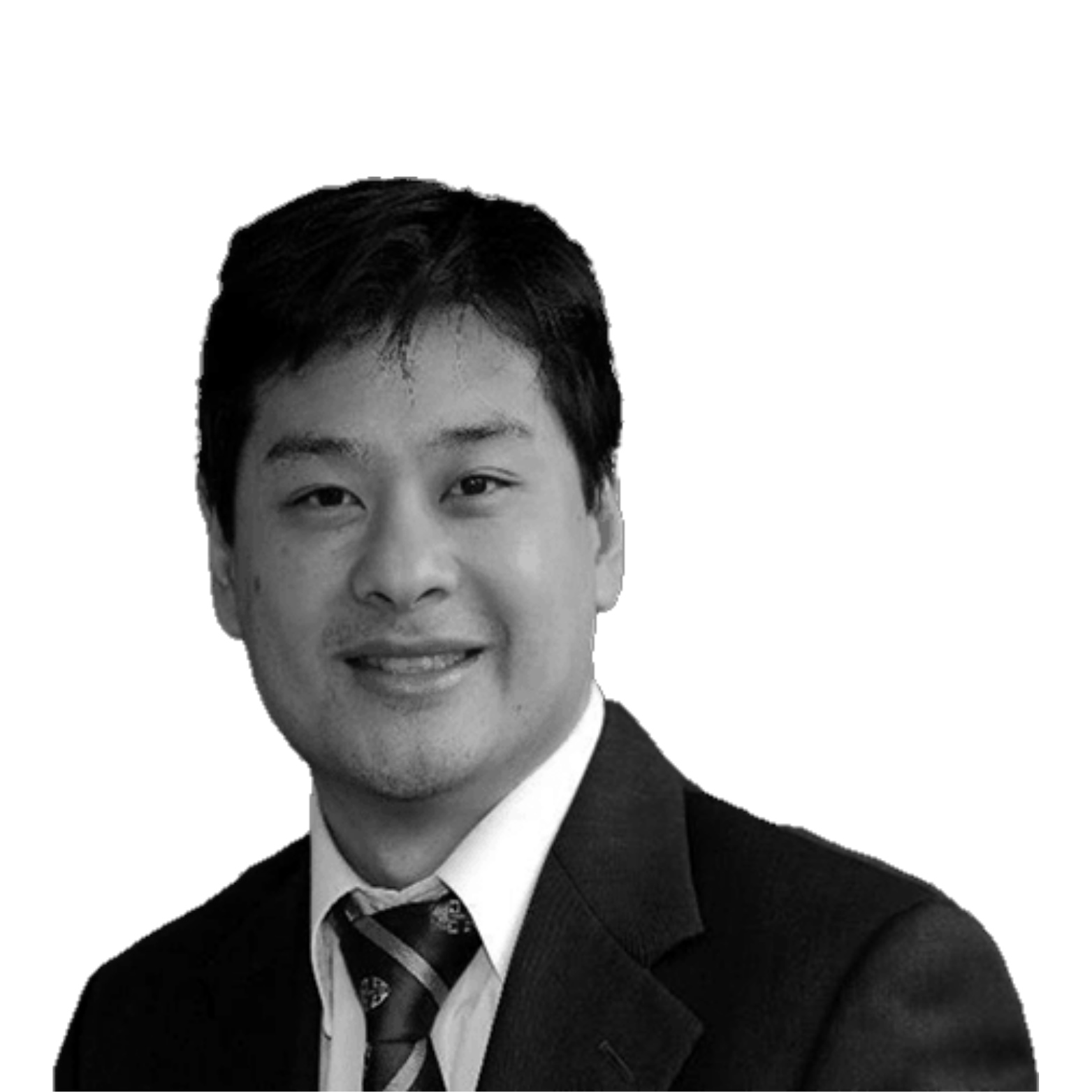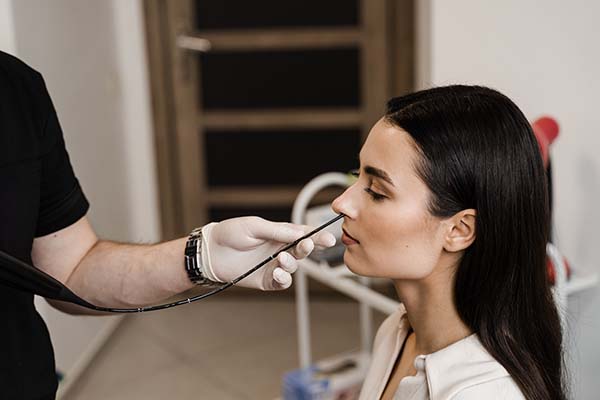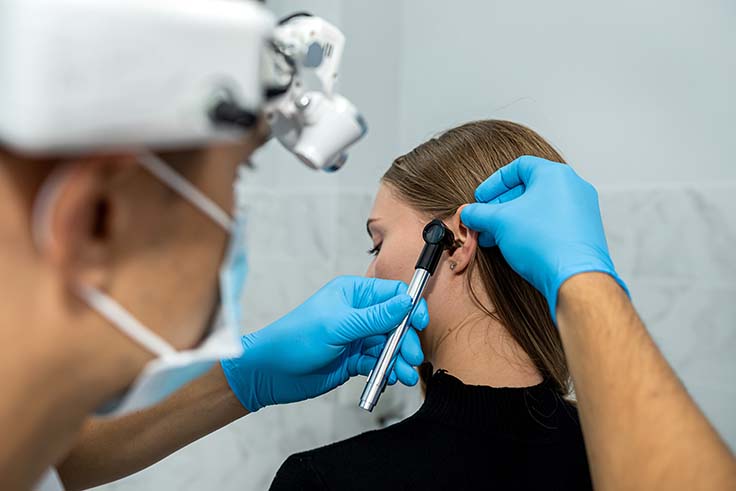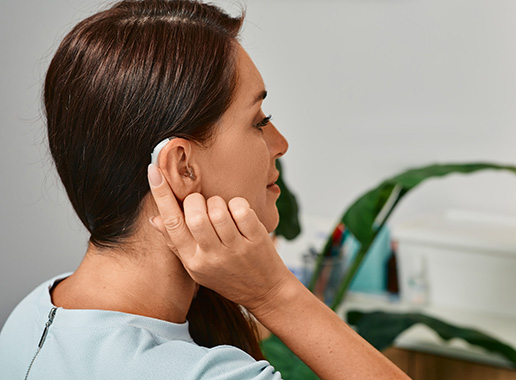Dr Ronald Chin’s Take On Autoimmune Inner Ear Disease
Dr Ronald Chin’s Take On Autoimmune Inner Ear Disease
An “uncontrolled” immune system response is the defining characteristic of autoimmune inner ear disease, which is characterized by bilateral sensorineural hearing loss (SNHL). Primarily, the autoimmune disease arises in the inner ear. It can also be a part of a systemic autoimmune disease like Wegeners granulomatosis, Cogan’s syndrome, or Systemic Lupus erythematosus.
Symptoms of this disease include bilateral, asymmetrical SNHL that can be fluctuating or progressive, tinnitus, and vertigo.
This is diagnosed using autoimmune workups like ESR, ANA, heat shock protein testing, and rheumatoid factor. To treat this, a high dosage of corticosteroids is recommended. In case corticosteroids fail, cytotoxic medications can be used.
Glue ear, after draining the ear drum
Glue ear, intact ear drum
- About the Author
- Latest Posts
Dr Ronald Chin is an Australian trained Otolaryngologist Head and Neck Surgeon.
After graduating as a Fellow of the Royal Australasian College of Surgeons, Dr Chin undertook further specialised training in Head and Neck Cancer at the Royal College of Surgeons in Ireland.
He has published many research papers and is an active teacher and scholar.
As part of his subspecialty training, Dr Chin has training in Laser, Da Vinci Robotic, Flex Robotic and complex surgical techniques.
In addition to specialised Head and Neck Cancer, Dr Chin also enjoys general adult and paediatric ENT Surgery and practices sinus, snoring/sleep and general paediatric ENT Surgical procedures.
Dr Ronald Chin works as a general Otolaryngologist, offering a wide range of surgical and non-surgical treatments including ear surgery, nose surgery and throat surgery. He provides treatment for chronic conditions such as tonsillitis, sinus problems and problems with hearing.
He is also involved in the diagnosis and treatment of many conditions such as facial paralysis, head and neck cancer and sleep apnea. As well as performing surgery on children, he also provides specialist care for adults, including the treatment of throat disorders, voice loss and ear problems.
Dr Chin has also served as a Conjoint Associate Professor at the University of Sydney, a Conjoint Associate Professor at Western Sydney University and an Adjunct Associate Professor at the University of Technology Sydney.

